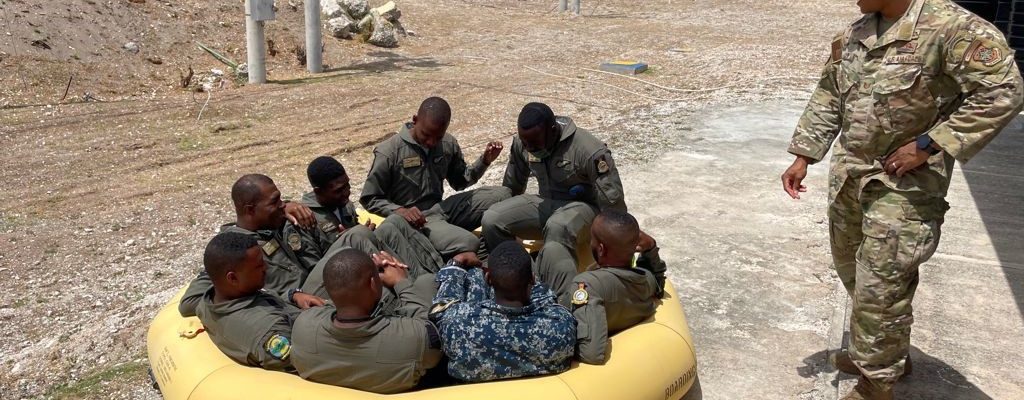
US Mobile Training Team sent to Jamaica to carry out local exercises
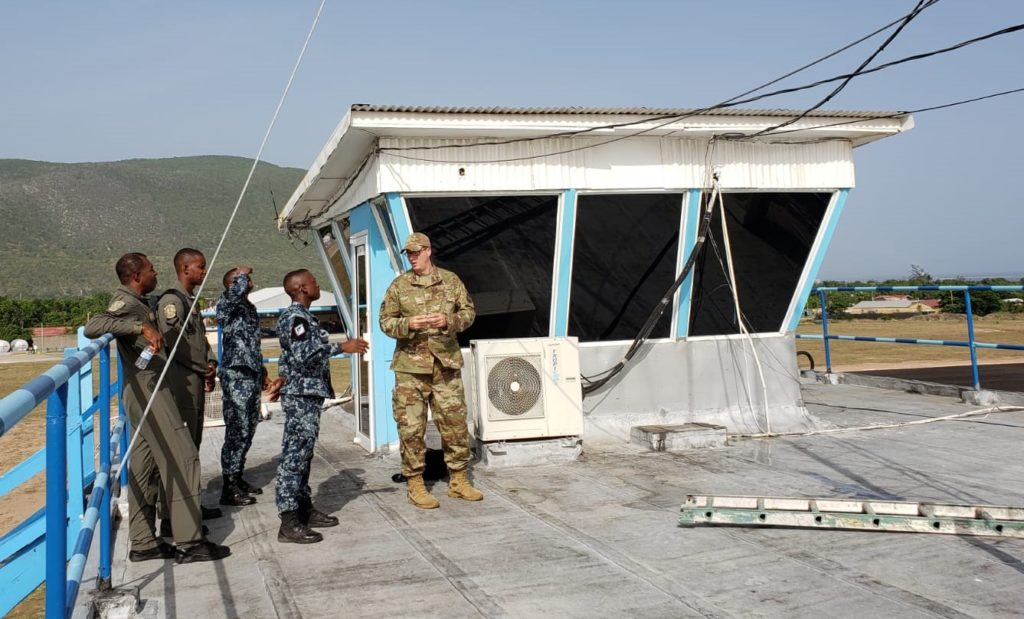
The 571st Mobility Support Advisory Squadron successfully conducted a Mobile Training Team engagement with the Jamaica Defense Force Air Wing (JDF-AW) at Up Park Camp and the Caribbean Military Aviation School in Kingston, Jamaica last month.
US Air Force air advisors, like those of the 571st MSAS, are ambassadors tasked with fostering relationships and developing the capabilities of US global strategic partners to include the Caribbean nation of Jamaica.
The JDF-AW is a highly capable professional force of aviators and technicians who take pride in their service and stewardship of Jamaica and the surrounding area.
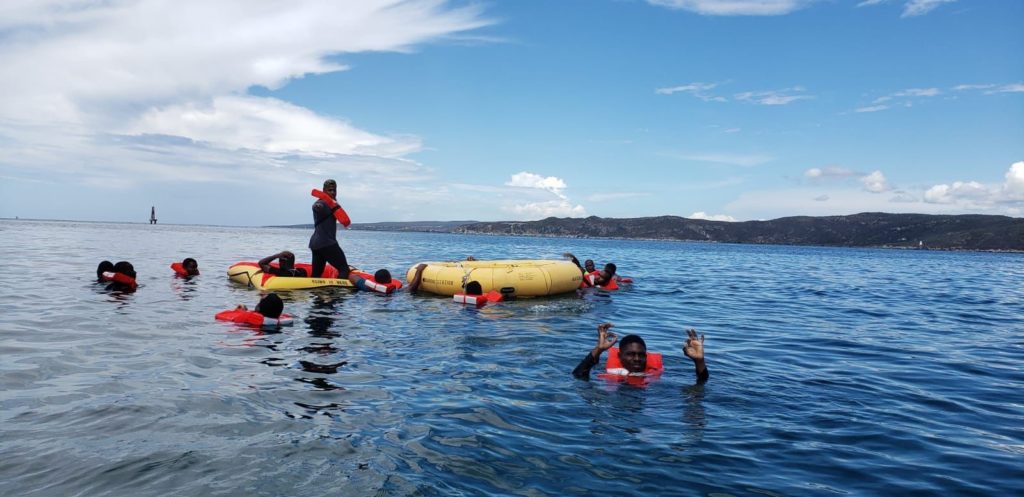
To further strengthen their existing partnership and accelerate JDF capabilities, air advisors had to get creative in their approach and tailor instruction to meet the needs of JDF-AW personnel. With their team of technically savvy air advisors, the 571st MSAS delivered classroom instruction, hands-on training, devised a multi-service search and rescue exercise and facilitated programme development in the areas of aircraft maintenance quality assurance, crew resource management, radio transmission, water survival and search and rescue mission.
Details of the training programme
Through the radio transmission course, JDF-AW members honed their skills by receiving instruction on radio etiquette, standardisation of radio maintenance procedures, radio safety and maintenance, Airborne Extensible Relay Over-Horizon Network integration, advanced radio troubleshooting and procurement of additional operating manuals.
In the aircraft maintenance QA course, JDF leadership received instruction on QA fundamentals, QA programme development and implementation with the course culminating in a working group that began drafting a standing order to tailor an appropriate QA programme that will codify JDF-AW maintenance QA practices.
In the Crew Resource Management (CRM) course, aircrew personnel learned CRM fundamentals, threat error mitigation techniques, checklist development and utilisation, mission planning and debrief techniques and aircrew situational awareness principles.
The course concluded with aircraft mishap case studies and development of improved communication techniques with proper checklist utilisation to employ a shared mental model during both standard and emergency air operations. Students quickly learned and began incorporating CRM aspects within their lens of evaluating aircrew operations.
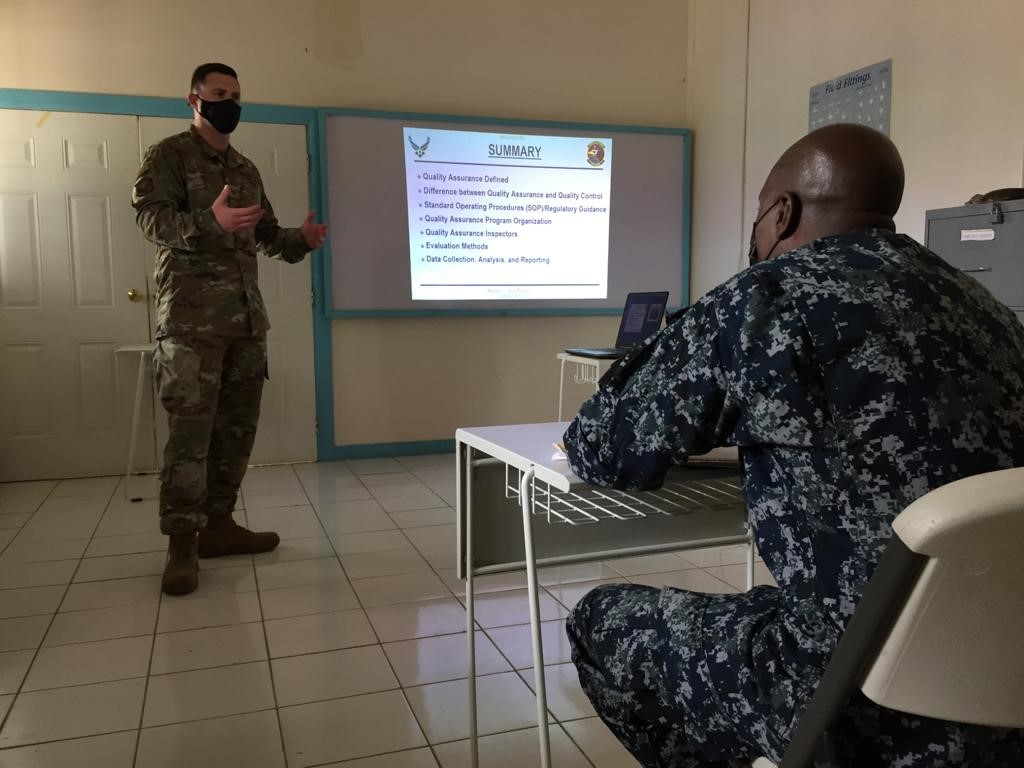
The water survival, search and rescue course focused on developing downed aircrew members’ survival and recovery signaling skills applicable to the maritime environment that the JDF operates in. Through this instruction, JDF-AW aviators learned and practised utilisation of personnel recovery kit items, ocean survival techniques, life raft deployment and operation, rescue signaling methods and hoist operation and maintenance techniques.
Survival techniques in a search and rescue mission
At the summit of this course of instruction, the class took to the open water where students had to employ previously learned classroom survival techniques in a search and rescue, personnel recovery exercise that incorporated a Bell 429 Global Ranger helicopter, three Jamaican Coast Guard vessels and approximately 30 personnel.
“Personnel survival techniques and recovery operations are tactics that need to be exercised and performed on a recurring basis to ensure they can be executed efficiently in the event of an emergency,” said US Air Force Tech Sgt Gerame Vaden, 571st MSAS Survival, Evasion, Resistance, and Escape specialist.
He explained that, “during a survival situation, with someone’s life on the line, there may not be time or opportunity to recall vaguely remembered procedures”.
This exercise was designed with that understanding in mind get the students in the water employing their survival techniques, and have recovery forces go through the rescue operation process. Units like the 571st MSAS illustrate the US commitment to regional partners in ways that bolster partner nation capacity, enhance trust and transparency, improve interoperability, and create cooperative solutions upon shared objectives.
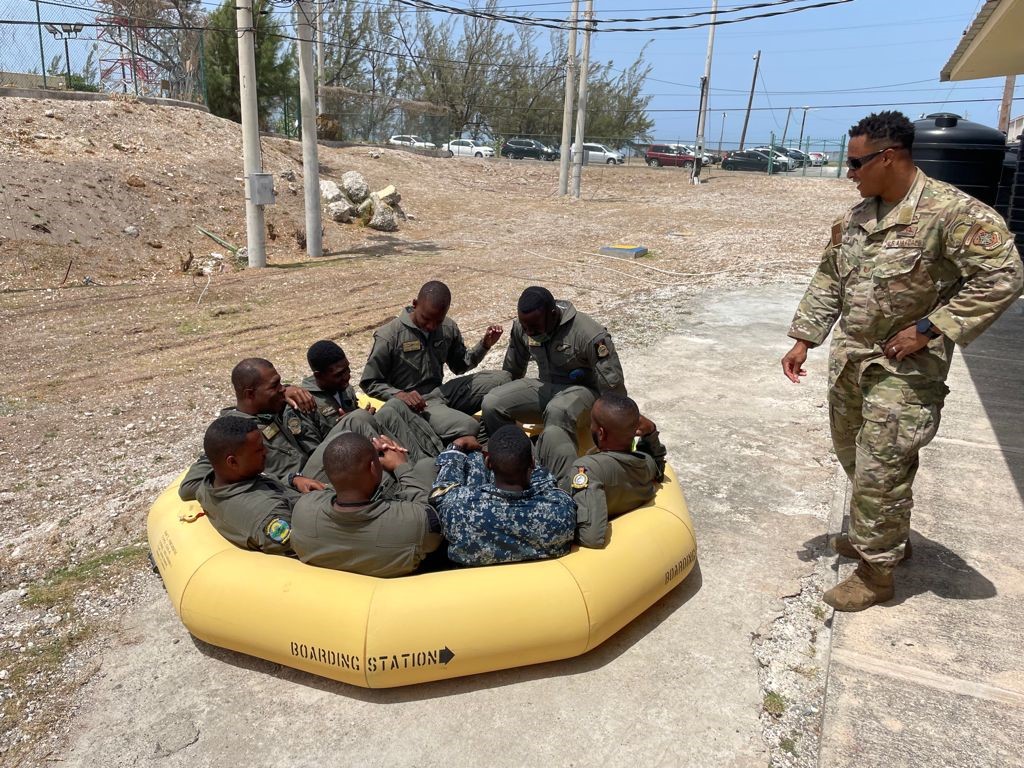
“After two years, our unit was able to reunite with the JDF for a face-to-face training engagement,” posited Captain Ashlyn Asipauskas, 571st MSAS MTT mission commander.
According to Asipauskas, “the strength of our existing partnership was immediately evident upon our arrival. The Jamaicans were very welcoming and eager for training to begin. Even during a global pandemic, my team was able to accomplish great things through their creativity and expertise and ensure the JDF is further set-up for success with advancing their air, land and sea interoperability”.
The 571st MSAS looks forward to future engagements with the JDF to continue to strengthen our partnership and effect change within the Caribbean and greater US Southern Command region. As the world begins transitioning and recovering from the COVID-19 global pandemic, the 571st MSAS stands ready to assess, train, advise, assist, equip, and accompany partner nations within the new global paradigm.

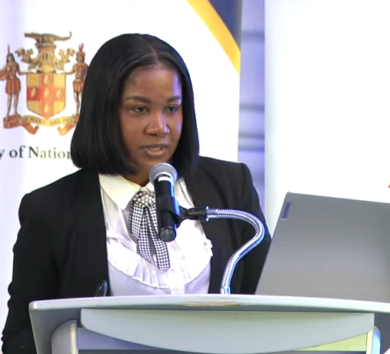



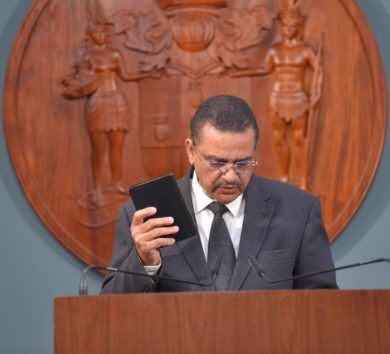
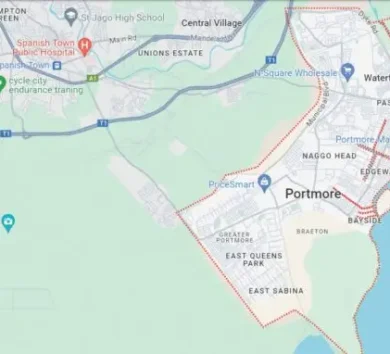
Comments